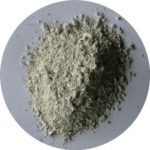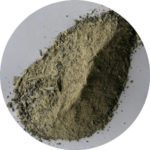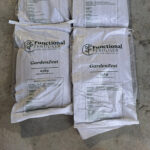The parallel between the farming situation now and the late 1970’s is eerily similar and comes with a cautionary message.
Meat, milk, and wool prices are steadily climbing, however if the pattern follows farmers may still struggle to generate a worthwhile surplus at the end of the season.
One of the reasons is that farm costs are also increasing due to more expensive energy in the form of fuel and electricity costs, and they must be paid before the return from the sale of produce is received.
The other is the cost of money. Interest rates are steadily lifting, and an example recently was a shift in interest from 3.5% to 4.1% for a farm related business. That’s a 30% increase in the cost of debt servicing.
The owner wasn’t concerned because he saw it as a 0.6% lift that could be easily covered by a small increase in the price of his services.
That would be fine if farmers were in the position of being able to recover the extra cost in the price received for the meat, milk, grain, or whatever else is being produced. Farmers aren’t in that position.
Everyone providing essential goods and services also recover their costs in advance of farm income being received.
Imported fertiliser costs are soaring, the cost of DAP moving from $750 to $1,200 is just one example, with suppliers handing on most if not all of the increase.
There’s another perhaps more serious issue involved that should be examined, and that is the productive capacity of the land.
There is often the ability to lift production by more efficient management of pasture, crops, and animals, with minimal extra costs, however fundamental changes must be made.
Reorganisation of resources when margins are tight is scary. Any innovation is seen as risky and farmers being commendably conservative are reluctant to go there.
Meat and milk processing businesses have fixed costs and a lift in animal numbers or litres of milk processed means increased costs can be spread.
However, the only sustainable way more meat or milk can be produced is by increasing pasture production, and in recent times that is not happening, the reality is pasture production is declining.
When animal numbers are prioritised without more feed being available, underfeeding occurs with an inevitable reduction in farm income as more goes into maintenance with less available for production.
It was tried in the 1970’s with farmers being financially incentivised to carry more sheep. It became known as the skinny sheep scheme and soon axed.
Over the last 30 years ever increasing amounts of synthetic nitrogen have been applied, only to find that although there is a short-term lift in pasture production, the following slump largely offsets the initial gain.
Recently it has become increasingly apparent that long-term use of synthetic nitrogen results in a decline in soil carbon, and soil carbon is the foundation of all growth.
Louis Schipper of Waikato University in 2007 wrote, “Modern farming practices of high nitrogen use have and continue to erode soil carbon and nitrogen levels in spite of purported conservation measures and contrary to what agricultural ‘experts’ have espoused and continue to claim.”
That nitrogen is essential for high levels of pasture production is not in question, however clover in a well-managed sward can provide all the nitrogen necessary for optimum annual production.
Over the last twenty-five years Functional Fertiliser products and programmes have been shown to outperform all synthetic N dependent schemes with a measured 70% reduction in nitrogen lost to groundwater.
Programmes tailored to individual farms ensure that the transition phase does not result in the often-discussed drop in production.
For more information call Peter on 0800 843 809.




